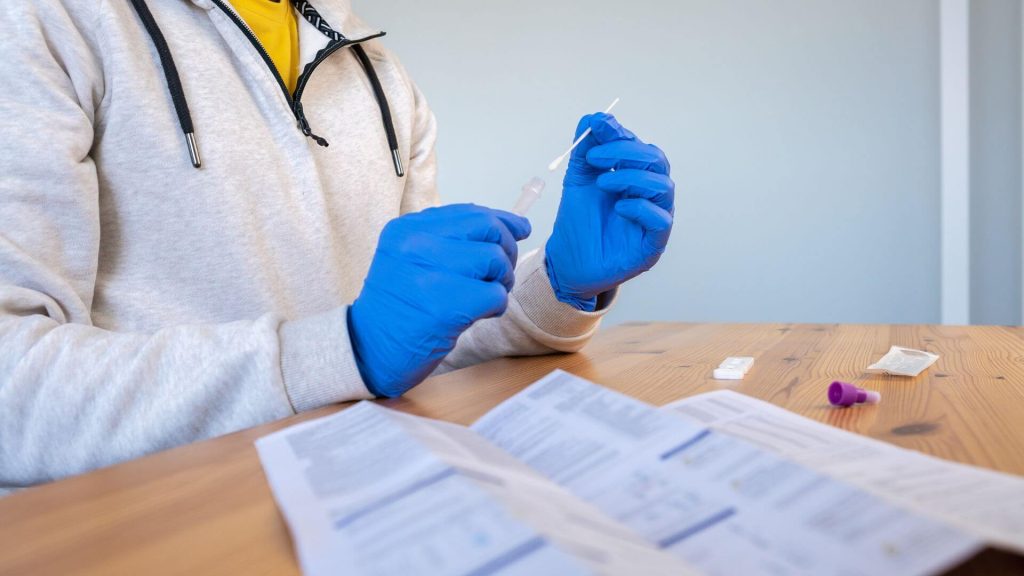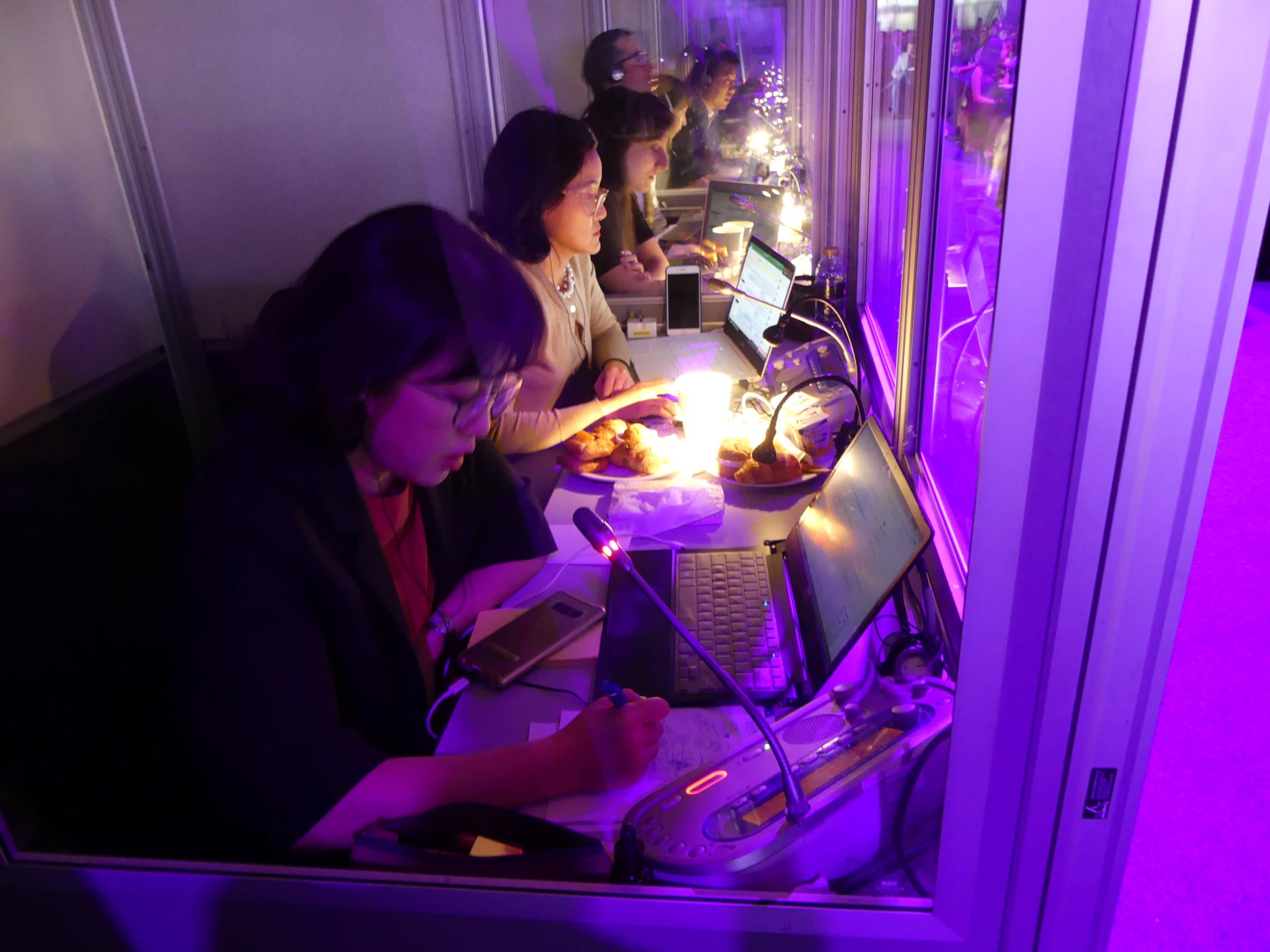Researched and written by Evan – ~3 min read

If you’re producing a digital healthcare app, wearable, or connected medical device, your Instructions for Use (IFU) and support documentation are more than paperwork; they’re the bridge between your innovation and end-user safety. Let’s explore how to build globally compliant documentation that works across languages and cultures and sounds human too.
Why Documentation Quality Matters (More Than Ever)
Digital healthcare products, like health-monitoring devices and medical apps, are now regulated stringently in every market. Poorly translated or overly technical IFUs can cause misuse, device errors, user frustration, or even compliance failures. Localization here is not optional, it’s critical for patient safety, regulatory approval, and brand trust.
Types of Documentation to Translate and Localize
Your medical device documentation ecosystem includes more than IFUs:
- User manuals & quick-start guides
- Software interface content (menus, alerts, navigation)
- Packaging and labeling instructions
- Consent forms or patient info sheets for digital trials
- Regulatory dossiers (e.g. MDR, IVDR, FDA submissions)
- Updates and release notes for new software versions in compliant formats
Localizing all these ensures consistent quality across touchpoints.
Regulatory Compliance: the Fine Print
Each region has its own rules:
- European MDR/IVDR require IFUs in official EU languages
- FDA mandates accurate English documentation
- Other countries (Saudi Arabia, UAE, Japan, Brazil) have their own labelling and language laws.
Compliant localization helps you launch faster, avoid delays, and reduce risk.
Best Practices for Effective Healthcare Documentation
- Use plain, active language: IFUs should be clear and unambiguous. Avoid technical jargon when possible.
- Centralize translation memory (TM) and glossary management: Repeated terms or common phrases should be consistent across languages. This also lowers cost.
- Involve subject-matter experts: Linguists with medical device or SaMD experience help translate technical terms correctly. Use bilingual reviewers where possible.
- Adopt eIFUs and user-centric design: Digital formats like PDF or structured XML help end users search for information easily across languages.
- Validate with users or healthcare professionals: Simple testing in target markets detects misunderstandings before launch.
Making Localization Smarter with AI
Modern localization blends machine and human processes:
- AI-powered translation tools can pre-fill large volumes of unchanged technical content (e.g., warnings, labels) quickly
- Human post-editing ensures compliance, tone, and cultural appropriateness
- AI can also monitor updates to regulations like MDR/IVDR and automatically adjust content across multiple language versions.
The result? Quicker updates, stronger consistency, and lower cost, without compromising accuracy.
Example Scenario: Launching in Three New Markets
Let’s say you’re launching a connected medical device in Germany, Brazil, and Japan. Here’s how localization plays out:
- Translate IFU into German / Portuguese / Japanese, including chemical names, precaution symbols, legal disclosures
- Localize app UI for language and cultural context (e.g., metric vs imperial, date formats)
- Make sure the software onboarding pop-ups, labels, error messages, and alerts are localized
- Ensure all documentation meets MDR/ANVISA/PMDA formatting rules
- Run a small pilot with a clinician in each country to ensure clarity
This approach ensures compliance and elevates patient understanding and trust.
What Good Documentation Helps You Achieve
- Faster regulatory clearance in each target country
- Reduced risk of user error, adverse events, or recalls
- Better patient and healthcare professional adoption
- Stronger brand credibility in digital healthcare ecosystems
- Scalable content updates, thanks to centralized TM and AI tools
Langpros Advantage: Healthcare-Ready Localization
At Langpros, we combine ISO-certified workflows, medical savvy linguists, and AI-enhanced platforms to deliver accurate, compliant documentation for regulated healthcare products; across IFUs, packaging, software, and trial documentation.





